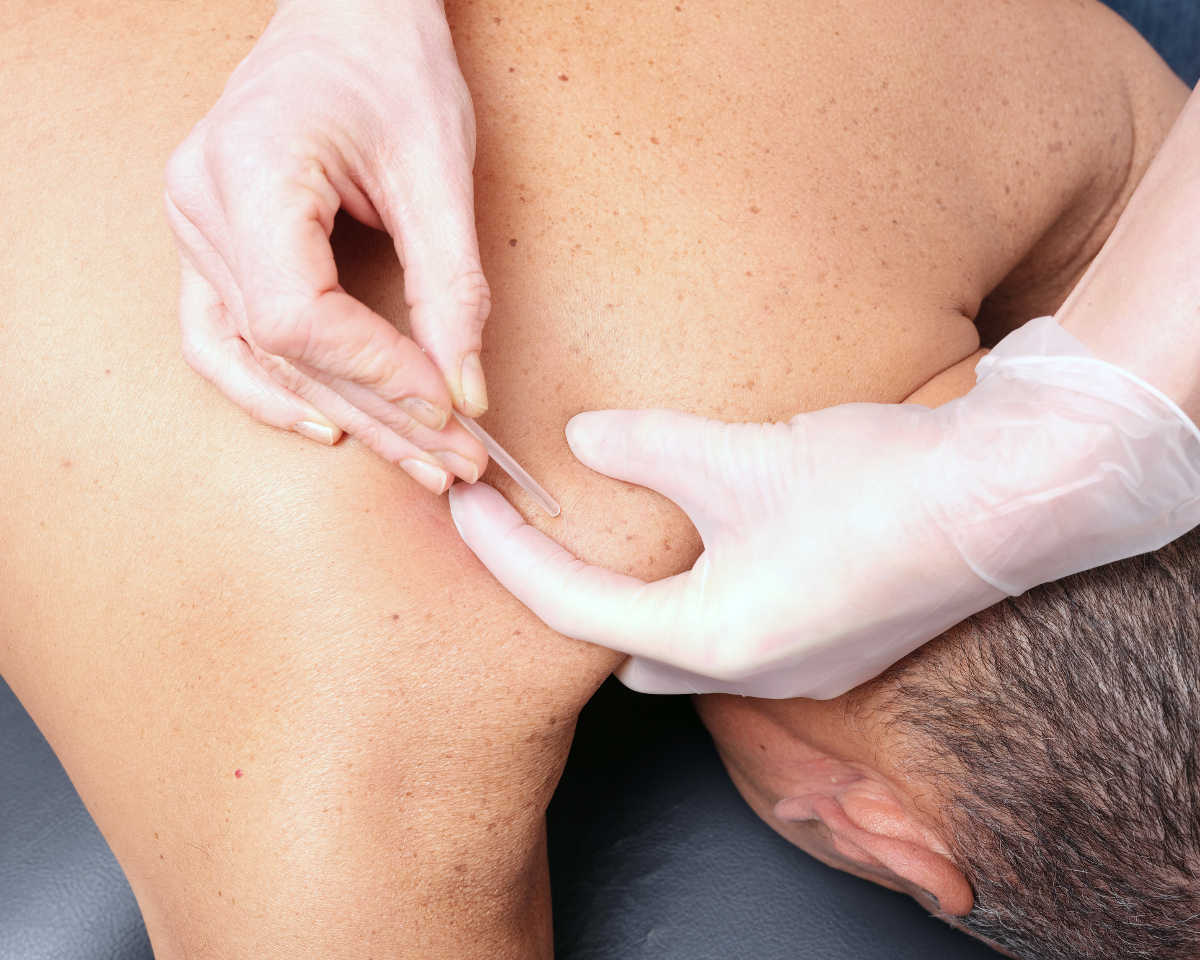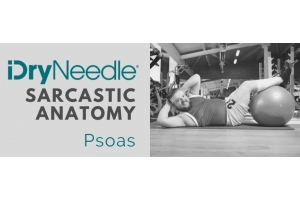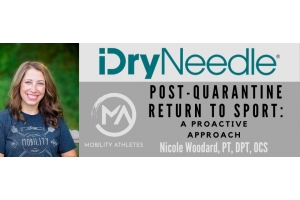

Effects of Low-Load Exercise on Postneedling Induced Pain After Dry Needling of Active Trigger Point in Individuals with Subacromial Pain Syndrome
- Full text here -
Ice, heat, massage, rest, or exercise. Ever wonder what the best aftercare for dry needling is? Especially appreciating the potential for post-dry needling soreness - modalities and interventions following the technique are likely as important as the treatment itself.
This study looks at the effects of low-load corrective exercise following dry needling treatments and specifically their effects on post-needling soreness. The results reinforce how most of us practice - that "low-load exercise was effective for reducing post-needling induced-pain".
Results: The 5x3 ANCOVA showed that the exercise group demonstrated a larger decrease in post-needling induced-pain immediately after (P=.001),24h (P=.001) and 48h after (P=.006) than placebo or control groups. No differences were found at 72h (P=.03). Similar improvement in shoulder pain (P<.001) and related-disability (DASH: P<.001; SPADI: P<.001) was observed 72h after needling irrespective of the treatment group.
Conclusions: Low-load exercise was effective for reducing post-needling induced-pain on active TrPs in the infraspinatus muscle 24h and 48h after needling. The application of post-needling intervention did not influence short-term pain and disability changes.
It's also interesting to find that this post-treatment soreness lasted <72 hours as all dry needling groups found improvement on DASH and SPADI, but 0-72 hour pain rating was main difference among experimental, placebo, and control groups. If our goal as dry needling clinicians is to improve muscle recruitment and improve biomechanical function of a specific region, remember our reinforcement of the changes made is paramount. Patient education and corrective exercise remains central to our clinical goals. This clinical trial gives us another reason to get our patients moving and exercise immediately after dry needling - less soreness.









